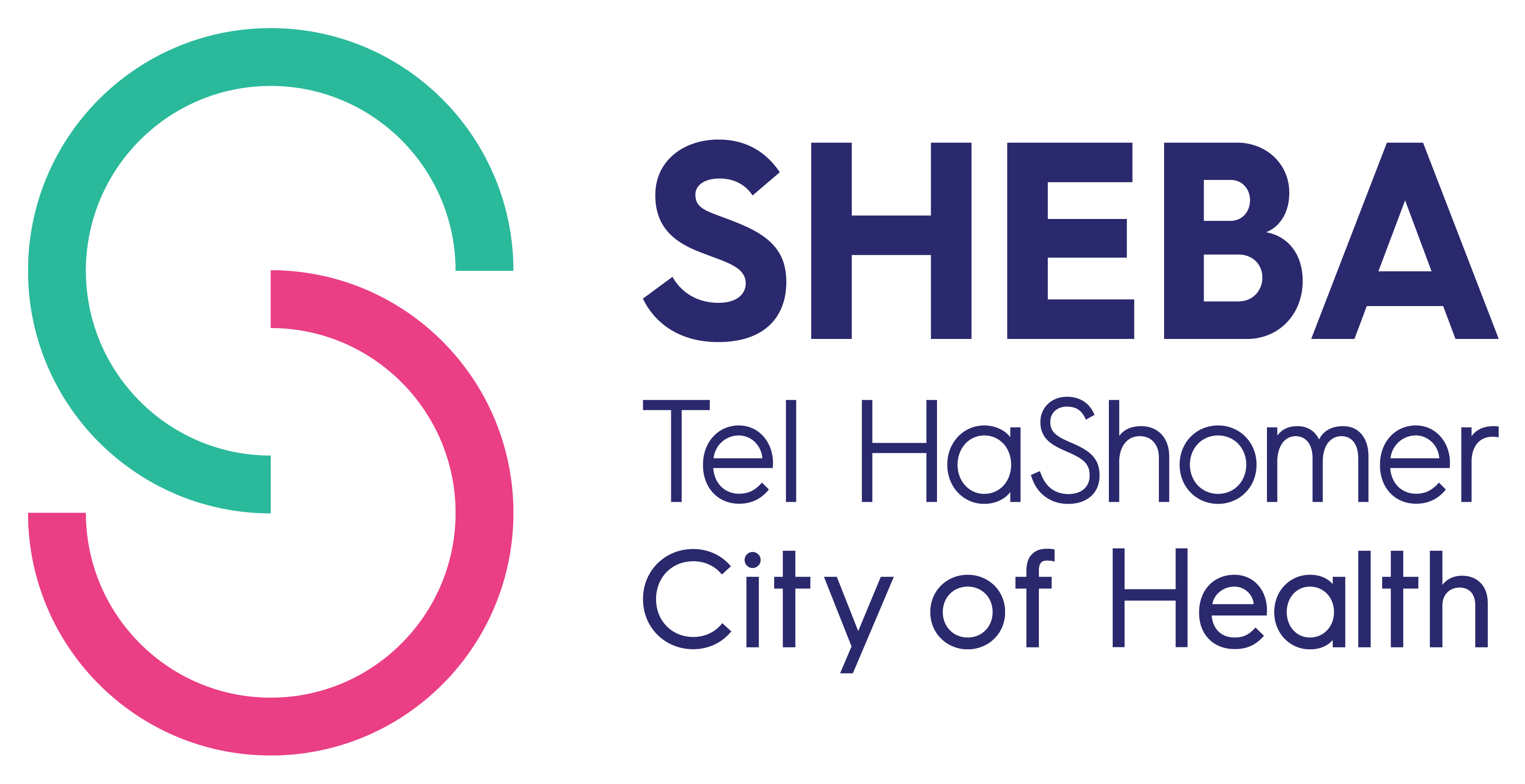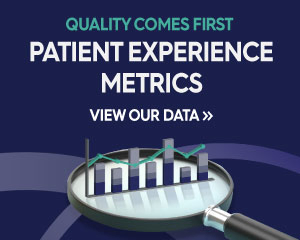Research infrastructure
The Center of Advanced Technologies in Rehabilitation is equipped with state-of-the-art gait laboratories, bio-signals acquisition apparatus and virtual reality (VR) systems.
Gait:
In the gait labs, we use motion capture systems that allow sampling of human movement with high spatio-temporal resolution. This enables us to reconstruct and analyze the kinematics of each motor action performed by the limbs or any other body part
Treadmills with dense force sensitive sensors enable the measurement of the pressure application during stepping. Additionally, a special carpet and force plates embedded in the laboratory's floor, allow capturing the pressure application also while walking over ground walking.
Split-belt treadmills are also available, allowing each leg to move at a different stepping pace, and subsequently study and train adaptation processes related to inter-limb coordination and gait symmetries.
Self-paced mode during treadmill walking is also available. In self-paced mode the belts speed is continuously matched in real time to the participant’s walking speed. This mode simulates the natural walking behavior of the participant.
Our equipment also allows us to study gait while the participants are conducting their daily living activities at their home environments.
Additionally, we have various robotic systems which share an interface with human performance, thus facilitating motor learning and rehabilitation. At the motor level the interaction is whole body interaction for some devices, and in other robotic devices the interaction is with the upper limbs, or lower limbs. Technologies allowing tele-interaction between the subject and the experimenter are also available for tele-rehab platforms.
Physiological Signals:
A bio-signals acquisition system by ANT (The Netherlands) records EEG, EMG, skin conductance, ECG, and respiration signals wirelessly using state-of-the-art software and hardware. This system allows our researchers to understand physiological mechanisms and body responses to different situations.
Virtual Reality:
Our VR laboratories are amongst most advanced VR labs worldwide, utilizing a fully immersive multisensory setting in 360 degrees inside a spherical dome along with surround sound. The system uses a 6 DOF motion platform, on its top is a split belt treadmill. An advanced motion capture system is also used. The operator controls the session’s parameters in real-time. Thus, we are able to simulate different virtual environments, utilize advanced avatar technologies and to provide real time feedback to the trained/studied participants as to enable behavior modification. The participant’s performance is back-fed into the virtual environment, modifying the stimulation regime.
Additionally, a portable VR head set system (HTC Vive, USA) enables transforming the large VR lab to the home domain and accessing the VR platform for various new populations and research fields.
Figure: Schematic drawing of the Caren High end (left). While the subject is walking on a split belt treadmill, embedded on a moveable platform (6D of freedom), a virtual environment (e.g., street scene - right) is projected by overlapping projectors that provide 360˚ cover of the scene and, together with auditory surround system enables high level of immersion.









